Ability group mobile notebook PC 'HP Pavilion Aero 13' review with less than 1 kg & Ryzen

HP Pavilion Aero 13-be | HP Japan
https://jp.ext.hp.com/notebooks/personal/pavilion_aero_13_be/
The Pavilion Aero 13 came in a cardboard box with the HP logo printed on it.
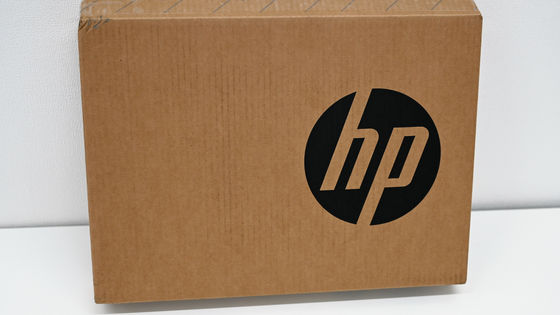
The main body and AC adapter look like this. There are two types of connections between the AC adapter and the outlet: a power cable and a short connector.
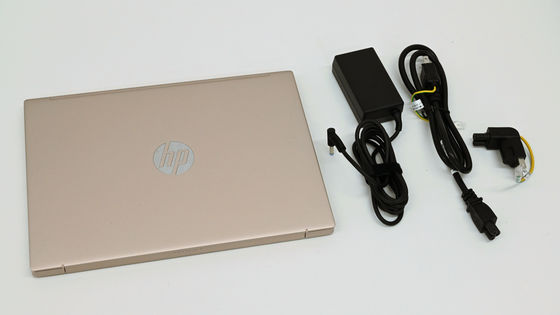
There is an HDMI port, a USB Type-A port, a USB Type-C port, and an earphone jack on the left side of the main unit.
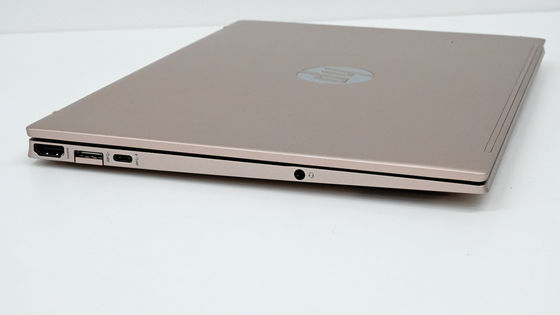
There is nothing on the front of the main body.
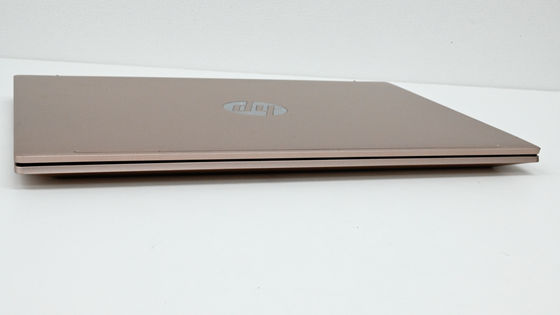
The right side of the main unit is a USB Type-A port and a power terminal.

The word 'PAVILION' was on the back of the main unit. Around the hinge, there are small rubber feet that lift the rear of the main body when the top plate is opened.
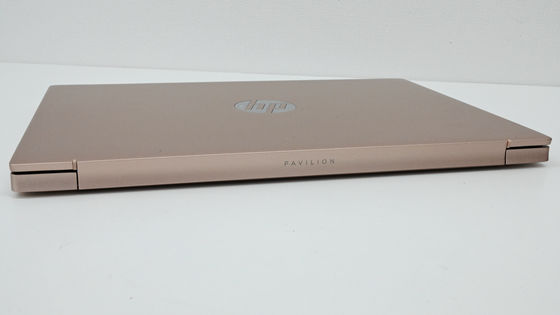
'Hp' logo on the top plate.
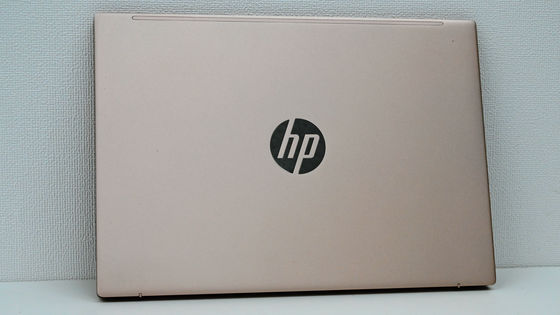
The bottom surface has few irregularities, and some small holes are made.
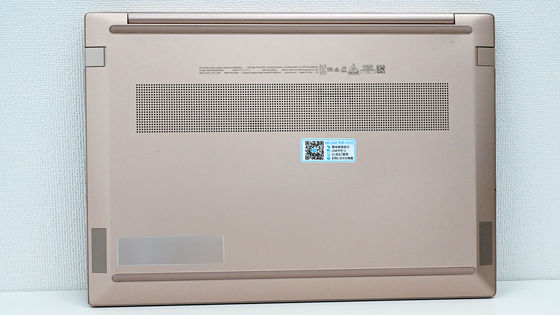
The actual weight is 957g.
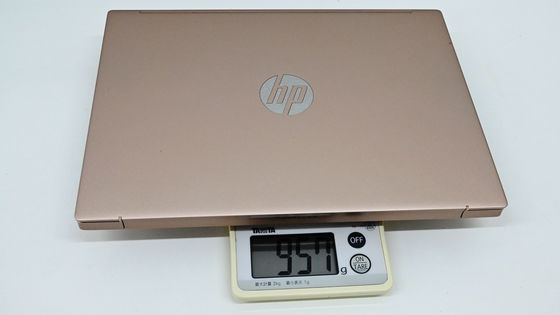
310g with AC adapter + power cable. When combined with the main body, it weighs about 1.26 kg.
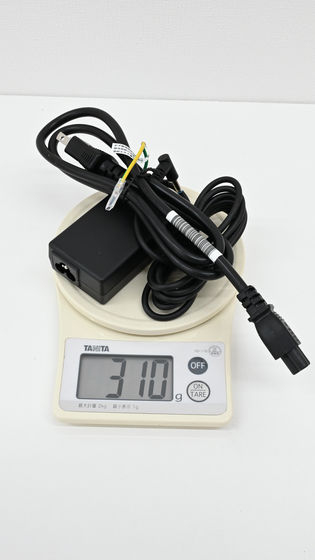
If you replace the power cable with a short connector, it weighs 241g, and you can lighten your luggage by about 70g. However, it seems difficult to use it in places like multi-tap where there are many other plugs around.
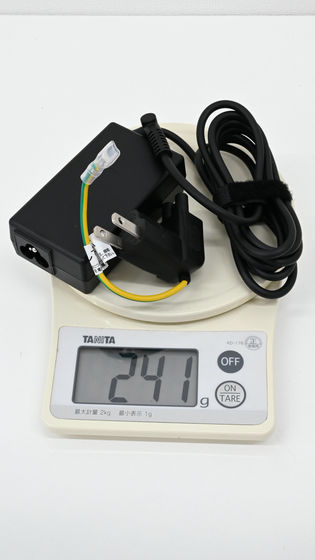
When you open the top plate, it looks like this.
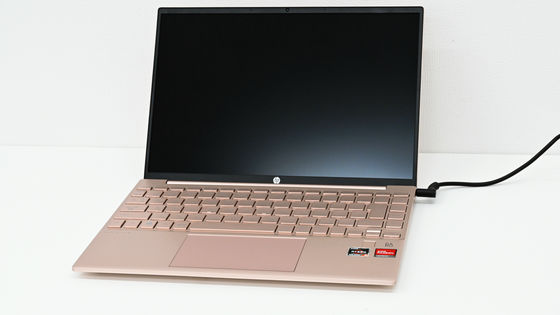
Keyboard and touchpad. The key layout is the Ctrl key at the bottom left, and the columns to the right of the Enter key are 'home', 'pg up (Page Up)', 'pg dn (Page Down)', and 'end'. The function keys that are engraved have priority, and when used as F1 to F12, the Fn key is set to be used. The square space on the upper right of the RYZEN logo sticker is a fingerprint authentication sensor. The power button is between the 'prt sc' key and the 'delete' key at the top.

The size, spacing, and depth of the keys are very orthodox and have no habit.
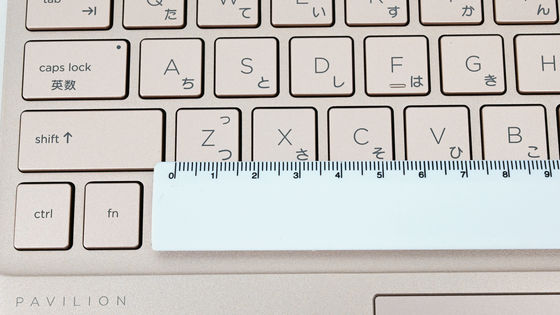
Built-in HD webcam with about 920,000 pixels at the top of the screen. Dual microphones are placed on the left and right.
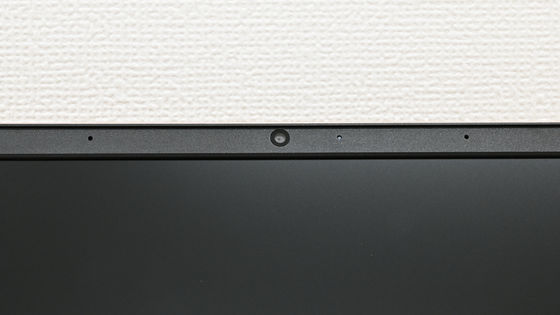
It uses a 13.3 inch wide (WUXGA, 1920 x 1200 pixel) size non-glossy IPS display.
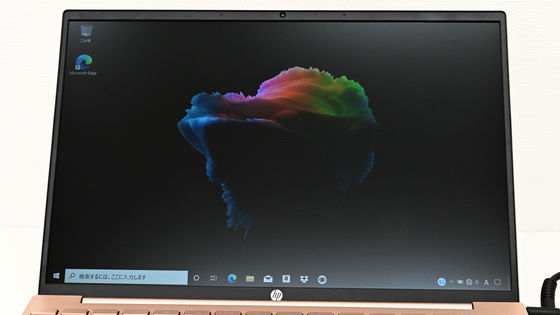
Let's benchmark the CPU / GPU with the standard benchmark software '
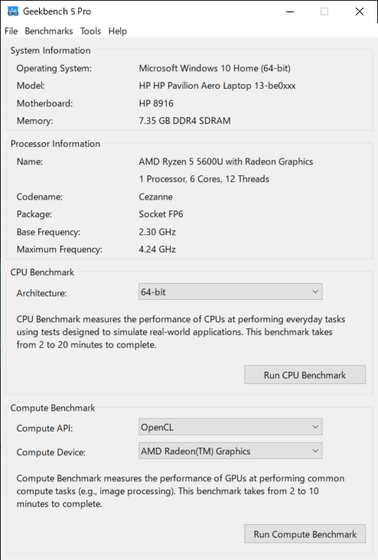
The CPU benchmark score is '1384' for single core and '4988' for multi-core.

GPU (AMD Radeon graphics) has an
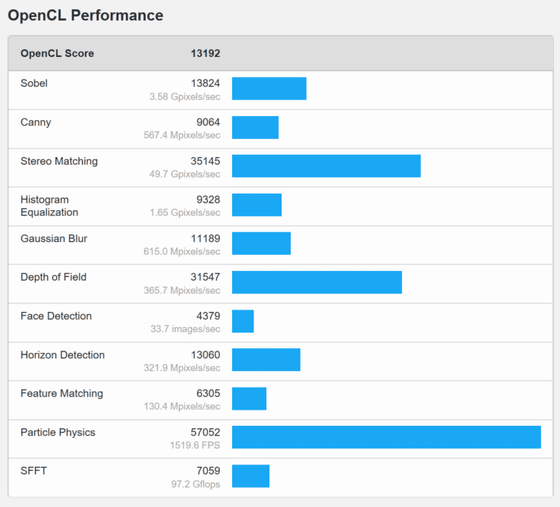
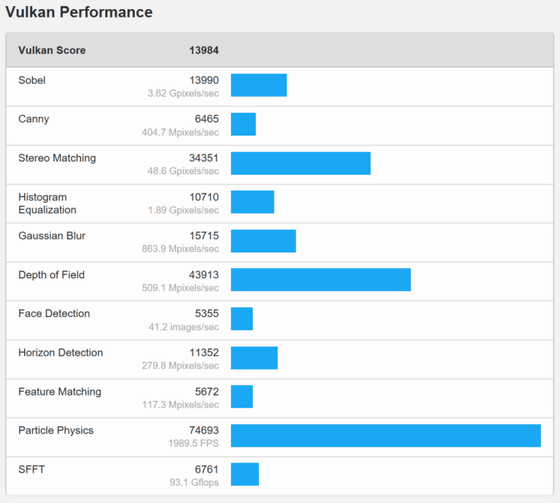
We also benchmarked the
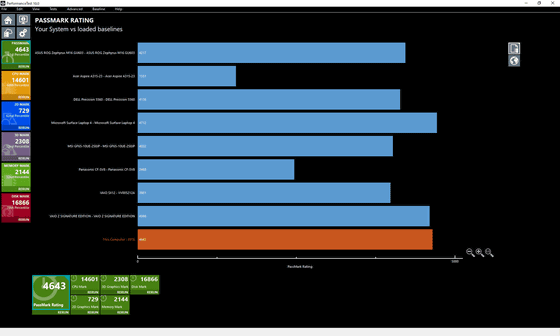
The CPU score is '14601'.
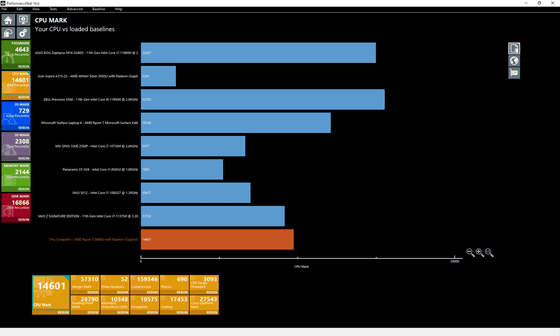
The score for 2D graphics is '729'. The percentile is 62%, which is higher than the Surface Laptop 4, which also has Radeon.
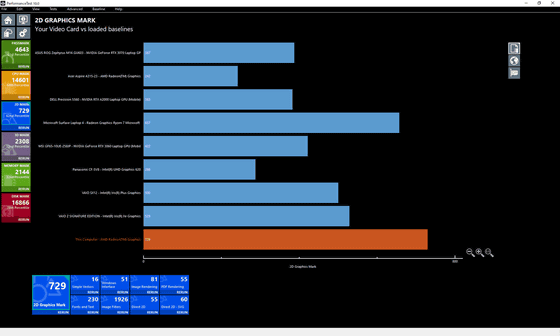
The score of 3D graphics is '2308'. The percentile is 32%, which is a little lower.
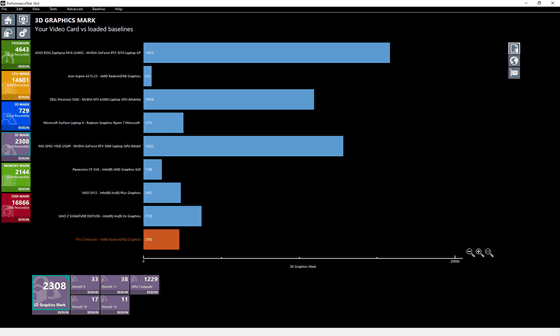
The memory score is '2144'. Since the loading capacity is 8GB, it was a number that was defeated by 16GB and 32GB models. The percentile is 32%.
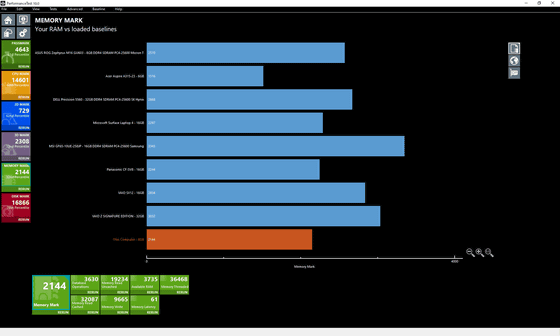
The score of the disc is '16866'. In the percentile, it broke into the top quarter with 76%, but many notebook PCs were equipped with high-speed SSDs, and the score was not as high as that of flagship gaming PCs and business notebook PCs.
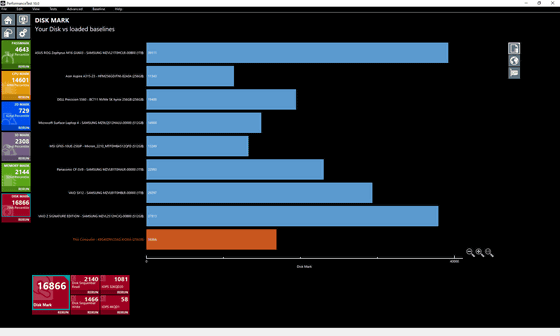
The
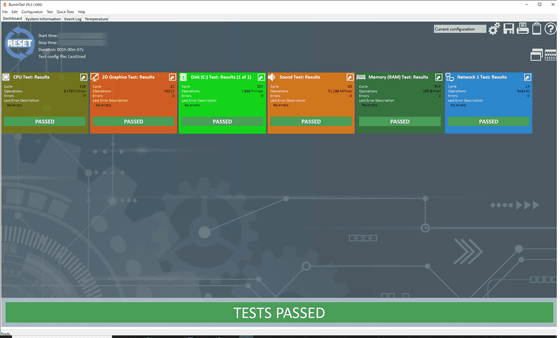
The CPU temperature fluctuated in the range of 64 to 78 degrees.
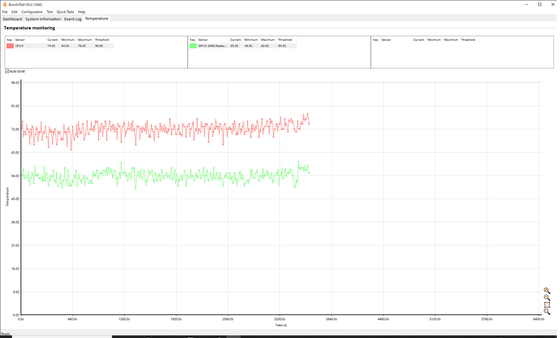
During the load test, I checked the external temperature of the PC
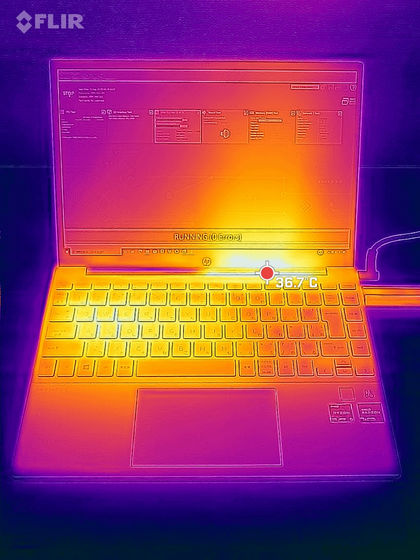
It is about 40 degrees at the place closest to hot air.
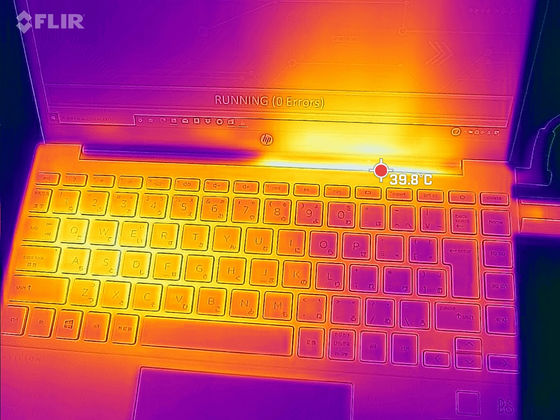
However, there is no heat dissipation from the side, and there is no such thing as 'I got slimy if I put a cold PET bottle drink next to my PC'.
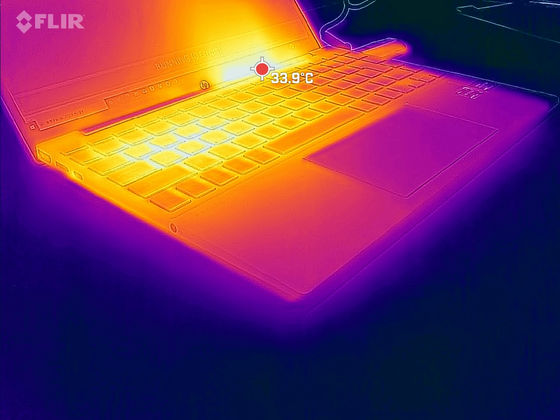
The back is also not structured to blow hot air backwards, so the maximum temperature is 35.3 degrees in the gap between the top plate and the main body.
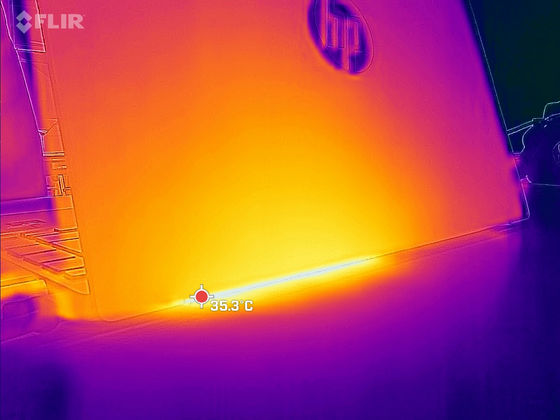
When I turned the PC over and checked the bottom, the part with a small hole was the highest temperature at 35.2 degrees.
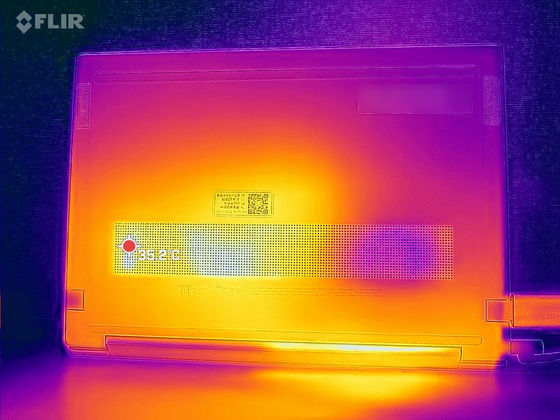
The AC adapter was 38.8 degrees.
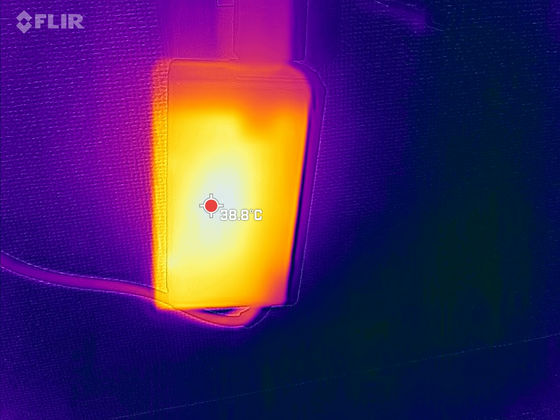
As a business notebook PC, I have a battery. The official spec is 'up to 10 hours and 30 minutes'. This time, when I tried to apply a heavy load while continuing to connect to the Internet with the screen brightness maximized, the battery decreased by about 0.8% per minute, and the operating time was a little like 2 hours. However, if the load is lightened even a little, the battery reduction rate has been mitigated, probably because the function that saves the battery works immediately.
When I set the screen brightness to 3 out of 10 and kept watching YouTube at a volume of 20, I tried to use it in a rather common way, and the battery life was less than 8 hours. With the spread of the new coronavirus infection, the chances of traveling on the Shinkansen should be less than before, so it may be a subtle analogy, but if you are in a seat with power on the outbound Shinkansen, you will be on your way home from a day trip. It can be said that the battery can be used with confidence. It seems that battery management is fairly solid, and I got the impression that it is a notebook PC that can be used outside with peace of mind unless it is a situation where 'continuing heavy-duty work in an environment without a power supply'.
For the 'HP Pavilion Aero 13', the standard model reviewed this time is a special price of 93,000 yen including tax, the memory is increased to 16GB, and the storage is increased to 512GB. The standard plus model is a special price of 107,000 yen including tax. From, the performance model with the CPU upgraded to AMD Ryzen 7 5800U is a special price from 123,000 yen including tax.
HP Pavilion Aero 13-be | HP Japan
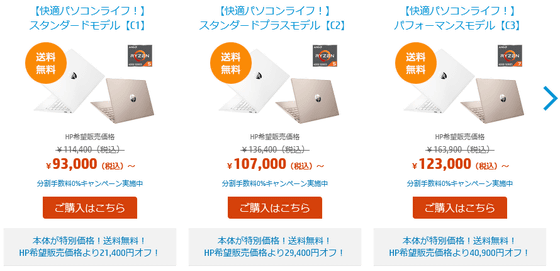
Related Posts:







